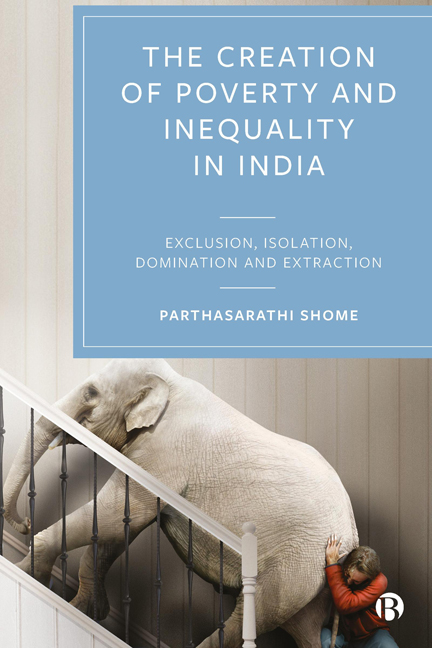Book contents
- Frontmatter
- Dedication
- Contents
- List of Figures and Tables
- Preface
- 1 Introduction
- Part I Macro-Economy and Human Development
- Part II Sources of Inequality and Poverty
- Part III Sectoral Effects
- Part IV Radical Humanism
- Appendix 2.1 Cash Use in India: A Cross-Country Comparison
- Appendix 2.2 Macro-Economic Comparisons: Selected Economies
- Appendix 4.1 Selected Country Tables
- Appendix 5.1 Evidence on Inequality in the US
- Appendix 8.1 Impact of Land Policy
- Appendix 11.1 Impact of Asset Transfer on the Poor
- Index
9 - Women, Children and Demographic Dividend
Published online by Cambridge University Press: 18 January 2024
- Frontmatter
- Dedication
- Contents
- List of Figures and Tables
- Preface
- 1 Introduction
- Part I Macro-Economy and Human Development
- Part II Sources of Inequality and Poverty
- Part III Sectoral Effects
- Part IV Radical Humanism
- Appendix 2.1 Cash Use in India: A Cross-Country Comparison
- Appendix 2.2 Macro-Economic Comparisons: Selected Economies
- Appendix 4.1 Selected Country Tables
- Appendix 5.1 Evidence on Inequality in the US
- Appendix 8.1 Impact of Land Policy
- Appendix 11.1 Impact of Asset Transfer on the Poor
- Index
Summary
Introduction
In this chapter, we address inequality encountered and suffered by women and children. Realizing what the prevailing conditions of children are, we ask whether the promised demographic dividend from a large youth population is likely to occur or if it is likely to remain an unrealizable promise. The growth of India's population has been explosive. Total population was 0.4 billion in 1950, 0.5 billion in 1960, 0.6 billion in 1970, 0.7 billion in 1980, 0.9 billion in 1990, 1.1 billion in 2000, 1.2 billion in 2010, and had been projected at 1.4 billion in 2020– 21 (United Nations, 2019). While the rate of increase has declined in the 2000s, the sheer volume increase continues to put heavy pressure on economic resources, and this becomes doubly burdensome in light of starkly worsening inequality and the provision of socio-economic infrastructure. In this chapter, we begin with the state of gender inequality and continue with the ramifications for children's education. We leave the condition of rural and mufassil healthcare, coupled with government's recent policy announcement regarding universal healthcare, to Chapter 10.
Gender inequality
Gender is another area in which inequality is high globally and in India. Chancel et al. (2021) provided estimates of gender inequality in global earnings,
Gender inequalities remain considerable at the global level, and progress within countries is too slow … Overall, women's share of total incomes from work (labor income) neared 30% in 1990 and stands at less than 35% today (in 2015– 2020). Current gender earnings inequality remains very high: in a gender equal world, women would earn 50% of all labor income. In 30 years, progress has been very slow at the global level, and dynamics have been different across countries, with some recording progress but others seeing reductions in women's share of earnings. (p 16)
The authors looked also at India and found,
Gender inequalities in India are very high. The female labor income share is equal to 18%. This is significantly lower than the average in Asia (21%, excluding China). This value is one of the lowest in the world, slightly higher than the average share in Middle East (15%). The significant increase observed since 1990 (+ 8 p.p.) has been insufficient to lift women's labor income share to the regional average. (p 198)
- Type
- Chapter
- Information
- The Creation of Poverty and Inequality in IndiaExclusion, Isolation, Domination and Extraction, pp. 207 - 234Publisher: Bristol University PressPrint publication year: 2023



